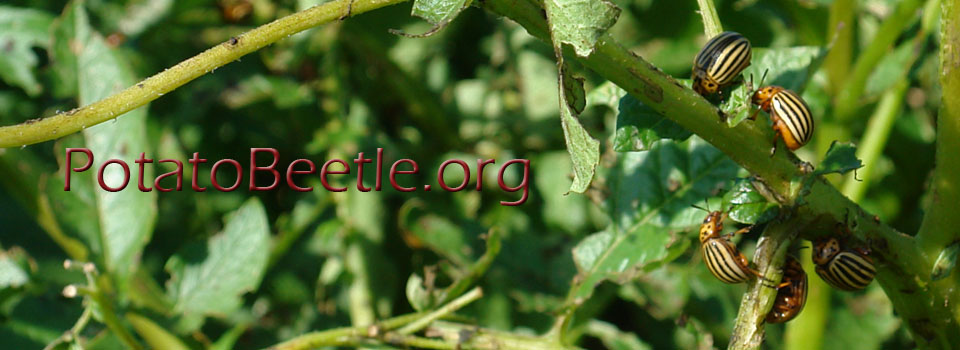Clements J, Sanchez-Sedillo B, Bradfield CA, Groves RL. PLoS ONE. 2018;13(10):e0205881. doi: 10.1371/journal.pone.0205881.
The Colorado potato beetle, Leptinotarsa decemlineata (Say), is an agricultural pest of commercial potatoes in parts of North America, Europe, and Asia. Plant protection strategies within this geographic range employ a variety of pesticides to combat not only the insect, but also plant pathogens. Previous research has shown that field populations of Leptinotarsa decemlineata have a chronological history of resistance development to a suite of insecticides, including the Group 4A neonicotinoids. The aim of this study is to contextualize the transcriptomic response of Leptinotarsa decemlineata when exposed to the neonicotinoid insecticide imidacloprid, or the fungicides boscalid or chlorothalonil, in order to determine whether these compounds induce similar detoxification mechanisms. We found that chlorothalonil and imidacloprid induced similar patterns of transcript expression, including the up-regulation of a cytochrome p450 and a UDP-glucuronosyltransferase transcript, which belong to protein families associated with xenobiotic metabolism. Further, transcriptomic responses varied among individuals within the same treatment group, suggesting individual insects' responses vary within a population and may cope with chemical stressors in a variety of manners.
